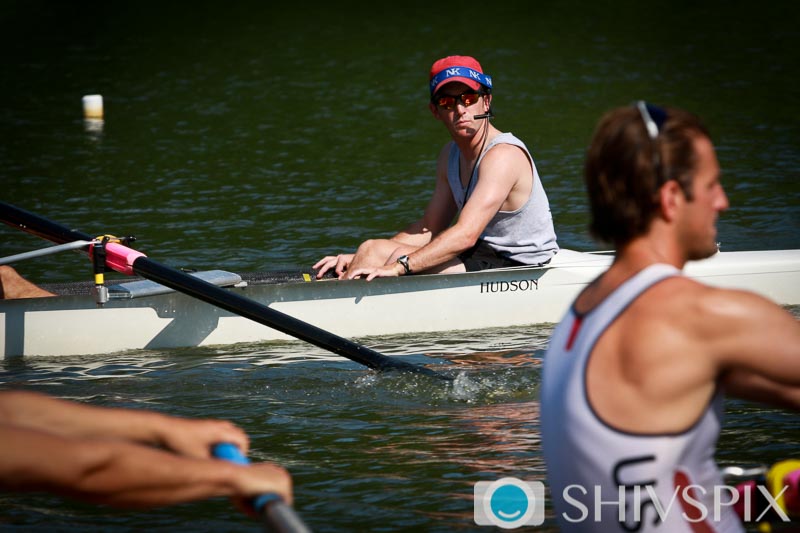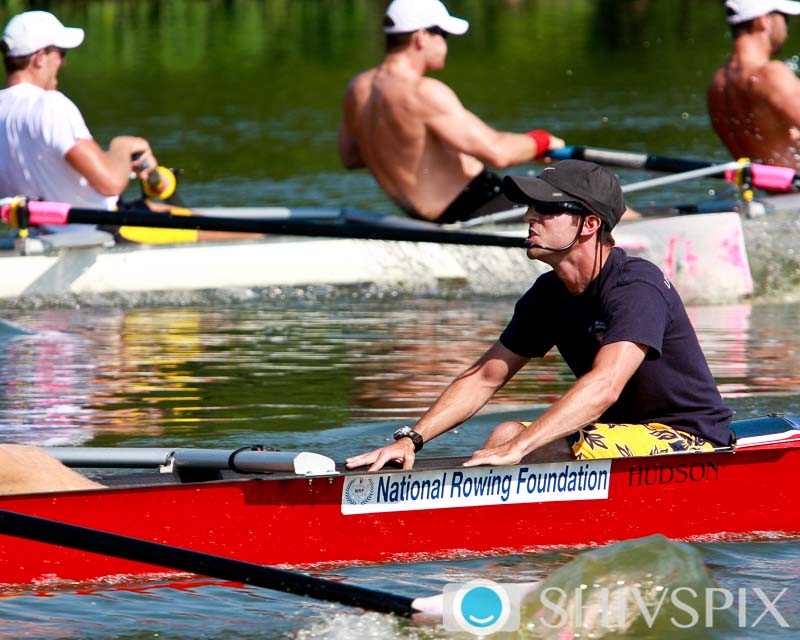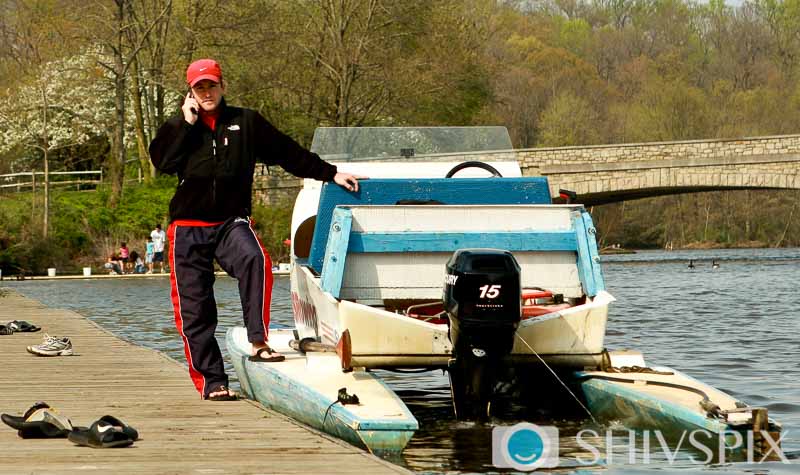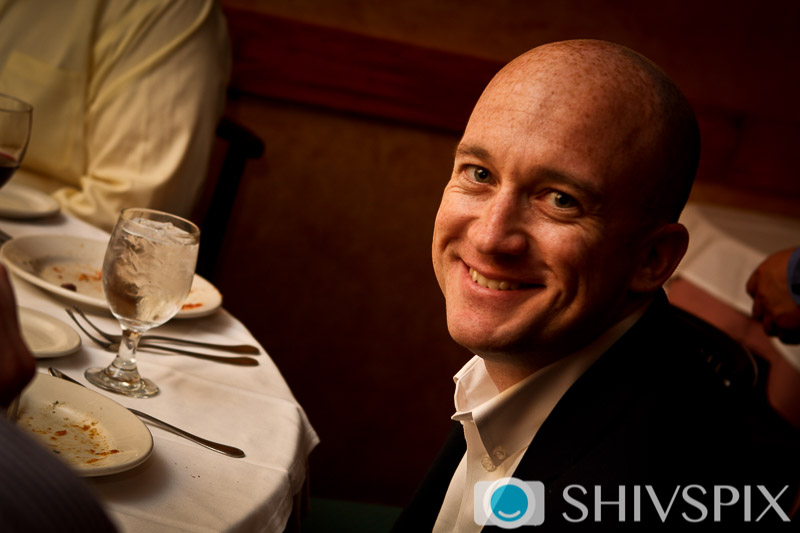What kind of calls have you used in a race to motivate a boat during race? Especially from behind? How can you motivate them to come from half a boat down to becoming three seats up?
– s.mac
S.Mac,
I really like your question, because it shows where you head is. Where is that? Right here on shore planning your calls. Too often coxswains hop into boats and expect the magic words to just spring forth from their mouths when they come barreling down the course. As you probably have found, they do not.
When we are in the lead it can be very easy to motivate. This means it can also be very easily overlooked. When in the lead, you need to make sure that you are capitalizing on the positive momentum. Try to make a positive statement and then follow it up with a rhetorical question. Things that I like to say are…“We’re in the lead, that’s right GOLD medal position. Can you taste it? Can you taste the win?” Another is “We have a two seat lead…is that enough? You want more? Yea…show us more.”
Whatever you say, just make sure to keep the positive momentum going. Making the positive statement allows the athletes know that they are doing well and rewards them for a positive performance. The question asks them to provide more. If you ask them if a two seat lead is enough…they will think “no, I want more” and they will try to get more by giving more.
In the Olympic final we had an okay start but at the 500m mark we were in 6th place. We were in lane two. The Dutch were in lane one and almost ¾ of a length up. Lane three and four had the Brits and Canada, who were WAY out. This left Poland and Australia leading us on the outside in lanes 5 and 6. My crew could not see anyone next to them.
Realizing that we could overtake the Aussies and Poles, I started to race them. It was all about getting up just one place at a time. Over the second 500 meters we were then able to overtake them and were sitting in fourth. In the process we were able to cut the Dutch lead from two seconds to half a second.
Then we turned our focused the third 500m on the Dutch which would put us in medal position. I can remember looking at the bend in the oars. As guys from the bow like Schnobrich and Hoopman could sense the lead and medal, the bend in the shaft grew. That feeling then started to pass up the crew as we began to move, the energy increased and we really started to cook. Stern pair, Volp and Inman, were now foaming at the mouth. We overtook the Dutch establishing our Olympic medal spot.
New focus…the Brits! Their commanding lead over us during the first part of the race was now less than half a second. Last 500m and we were charging. We ended up not passing the Brits, but we came home with some hardware. Through this example I am pretty sure you get the idea.
This leads us to the third situation. Out the back. You can use the same method that I described above, but that may not always work. I try to create internal targets in this situation. Work on improving boat speed by just one split. Focus on goals down the road like races later in the season. What you do not want to do is keep telling your athletes how bad they are doing. Remember the rowers are listening to you and no matter what the situation you can always take a positive tone.
Do not ignore that you are in last place, because you can even use that as a motivator. Instead of just saying, “We’re in last” try, “We’re half a length from Temple, lets walk back on them!”
S.Mac, what it boils down to is that you know you have something to say, just make sure to plan for any situation and make your calls positive. There are no magic calls but, nothing well thought out and planned will be wrong. Additionally, what might work for me may not work for you and visea versa. But if you plan for every scenario you can turn the tide in your favor no matter what the situation. Personally I plan for every situation and I rehearse it in my head over and over and over again. That way, during the race, there are no surprises! Good luck!
– Marcus McElhenney
Enjoy reading this? Read the full collection of coxswain tips.
Interested in taking an even deeper look at how national team athletes train and race? Check out The Longest Odds.

Marcus McElhenney
Marcus McElhenney began coxing in 1997 at Monsignor Bonner High School and started his international coxing career with a silver medal in the M8+ at the 2001 Nation’s Cup. His career highlights include a gold medal in the M8+ from the 2005 World Rowing Championships and a bronze medal in the M8+ from the 2008 Beijing Olympics.
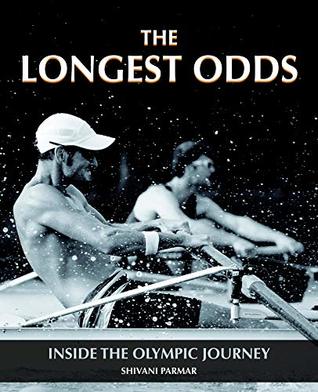
The Longest Odds
Go behind the scenes of the Olympic Journey with The Longest Odds, a photo-documentary that goes inside the Beijing and London Olympic journey of the US Olympic rowing team.
This book illustrates what you do not see on television – it’s a raw look at what athletes go through during their years-long journeys much before anything appears on television.
The Longest Odds allows us to see those highs and lows, the conflicts, joy, exhaustion, elation, fear – and most of all, the bonds of friendship being indelibly forged.
More galleries you may be interested in
Ned DelGuercio Shares Tips on Coxing a 2k
Anything that comes through your microphone should be useful information. Thinking out loud can make you a liability to your crew’s performance.
Marcus McElhenney’s Tips for When You’re Behind
Remember the rowers are listening to you and no matter what the situation you can always take a positive tone.
Losing weight as a coxswain
Team USA coxswain Pete Cipollone shares his thoughts on losing weight as a coxswain

